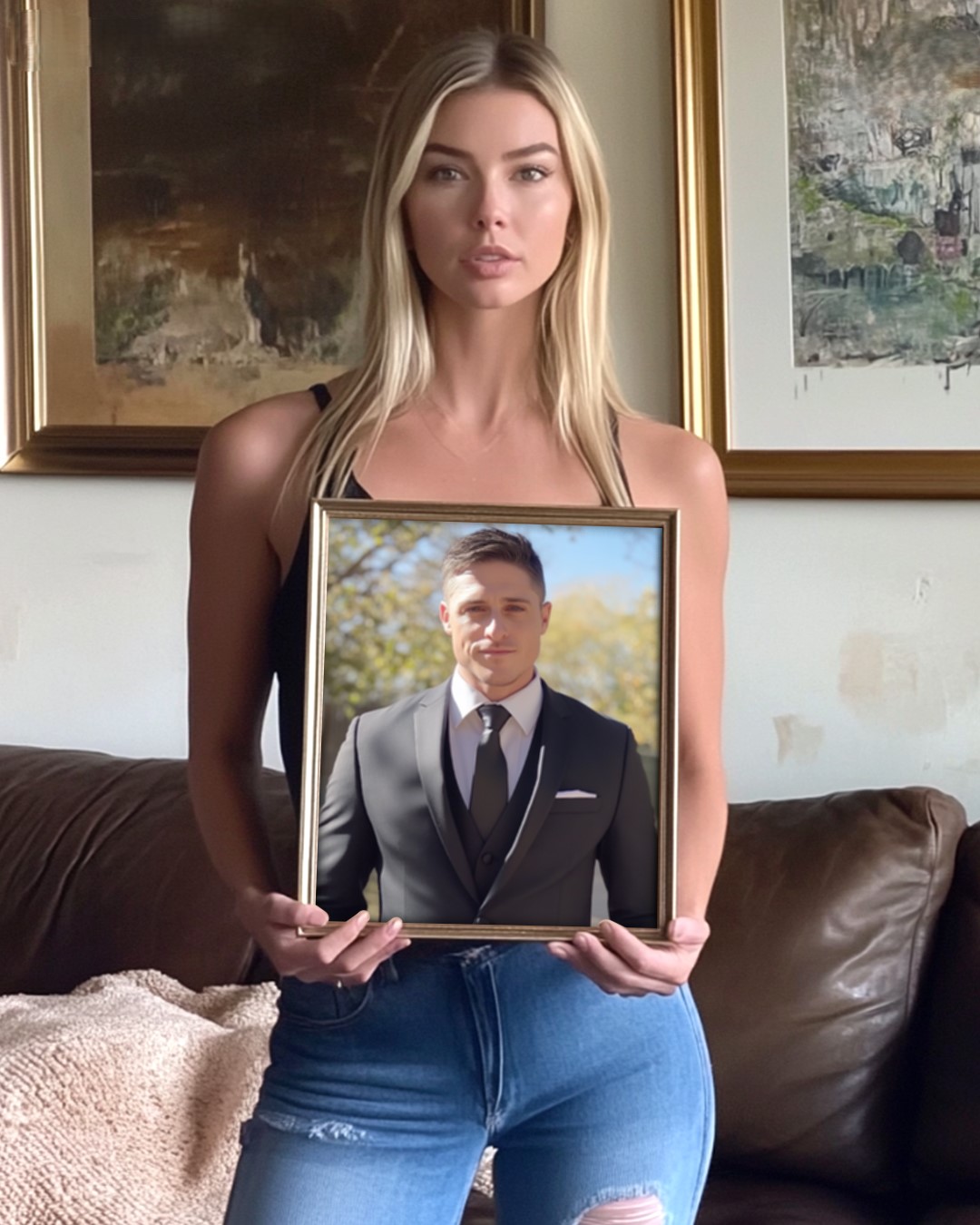When my fiancée, Lori, suggested displaying photos of her late husband at our wedding, I was taken aback. Who would want to include pictures of a deceased spouse on a day meant to celebrate a fresh start? Despite my hesitation, I agreed—under one surprising condition.
I’m usually a private person, but what happened next made me feel compelled to share my story. My life had been going smoothly until that pivotal conversation about our wedding plans. Lori and I were going over the details when she casually asked, “Where do you think Logan’s picture should go?” as if she were talking about the wedding decorations. I looked up from my guest list, stunned. “Logan’s picture? You mean, you want your late husband to be part of our wedding?” I asked, my voice shaky.
Lori’s eyes softened as she explained that Logan was still an important part of her life. She wanted to honor his memory during the ceremony, place his photo on our table, and even hold it during our photos. I had always respected her grief. She’d shared heartfelt stories about him—how he loved hiking, how their first anniversary in Colorado was unforgettable, and how his smile lit up the mountain sunrise. I had been supportive, visiting his grave with her on his birthday and listening to her memories. But on our wedding day, I believed the focus should be on us and our future, not on someone from her past.
That night, I wrestled with my emotions. Was I being selfish, or was I about to marry someone still more in love with her memories than with me? By morning, I had made my decision. Over breakfast, as Lori sat across from me, I said gently, “Lori, I’ve thought about it, and I’m willing to agree to your request—if you agree to one condition.”
Her eyes brightened with curiosity. “What condition?” she asked.
I took a deep breath and said, “If Logan has a place in our wedding, then so does Beverly.”
She furrowed her brows. “Your ex?” she asked, confused.
I nodded. “Yes. If you’re going to honor someone from your past, I think it’s only fair I get to honor mine. I propose we include a photo of Beverly—just a small gesture during the ceremony and our first dance.”
Lori hesitated, and we debated the merits of our proposals. “Logan didn’t choose to leave you,” I reminded her. “He was taken from you. And just like Logan, Beverly never left me—we ended things mutually, as part of our growth.”
I explained that while I had no issue with remembering the people we once loved, our wedding day should be about our new life together. After a long discussion, Lori’s eyes filled with tears as she said, “I don’t want to forget him.”
I reached across the table, speaking softly, “I’m not asking you to forget him. I just need you to be present with me on our wedding day—to let our love be the focus.”
That conversation marked a turning point. Later that day, I noticed that the picture of Logan, which had always sat on Lori’s nightstand, was gone. She never brought up the idea of having his photo at the wedding again, as if our conversation had shifted her perspective.
Three months later, we were married. Our wedding was intimate and joyous—just the two of us, promising to build a future together. No shadows from the past, no competing memories. After the ceremony, Lori admitted that my “Beverly condition” had forced her to confront how much she had been holding onto the past. “I realized I was asking you to marry both me and my memories,” she confessed. “That wasn’t fair.”
I learned something vital from that experience: Sometimes, loving someone means helping them recognize when they’re clinging too tightly to the past so they can make space for new love to flourish. Today, Lori still keeps a small photo of Logan tucked away in her desk drawer and sometimes shares stories about him. But I know, deep down, that we’re not competing with a memory. Our wedding day—and every day since—belongs to us.
